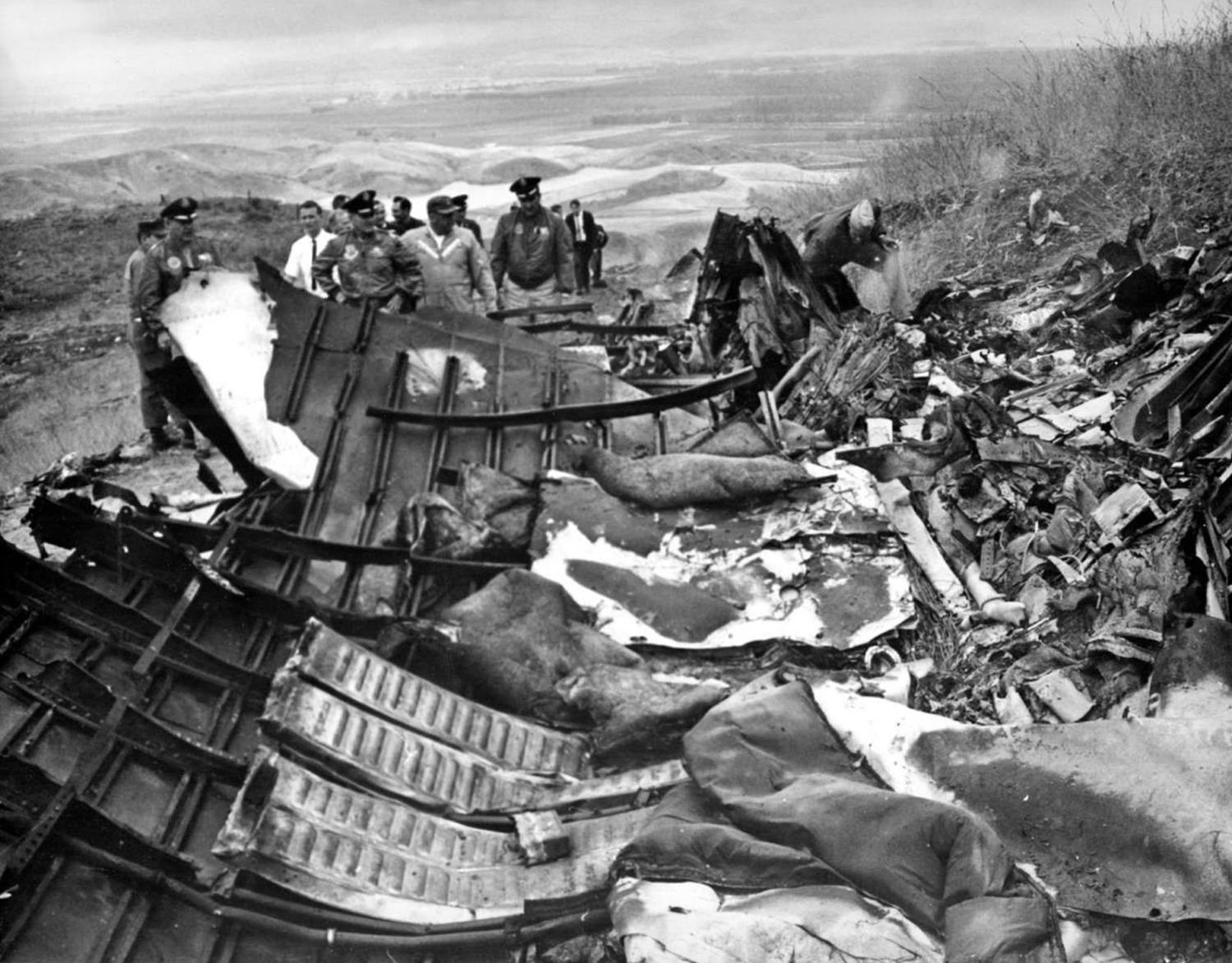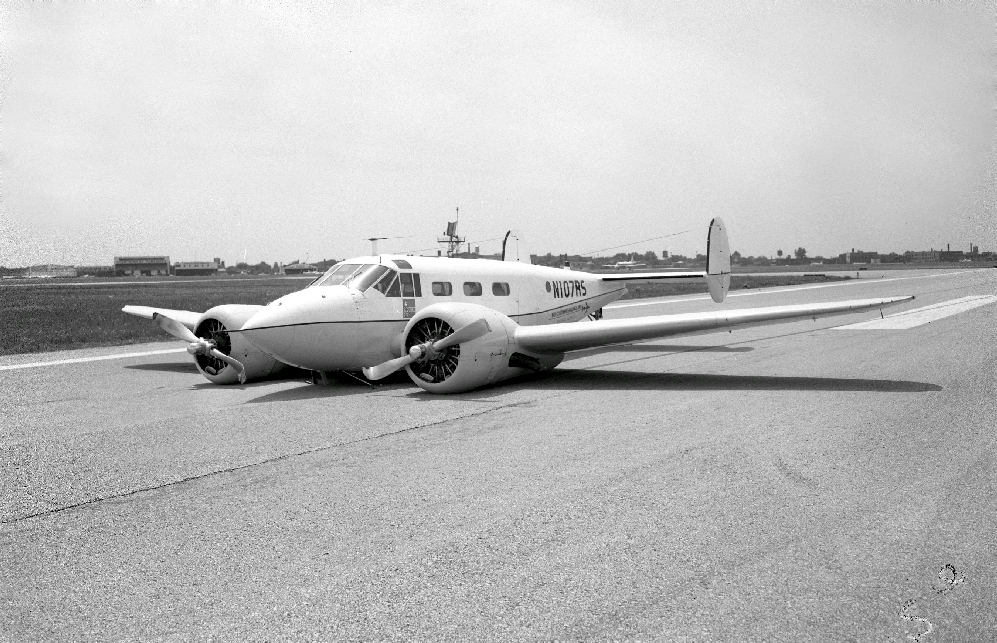Crash of a Boeing C-135A-BN Stratotanker at El Toro AFB: 84 killed
Date & Time:
Jun 25, 1965 at 0146 LT
Registration:
60-0373
Survivors:
No
Schedule:
McGuire - El Toro - Hickam - Kadena
MSN:
18148
YOM:
1961
Crew on board:
12
Crew fatalities:
Pax on board:
72
Pax fatalities:
Other fatalities:
Total fatalities:
84
Circumstances:
The aircraft was on its way from McGuire AFB to Kadena, Okinawa, with intermediate stops at El Toro AFB and Hickam AFB, Honolulu. The departure from El Toro AFB was completed by night and marginal weather conditions. One minute after liftoff, during initial climb at an altitude of about 1,150 feet, the four engine aircraft struck the slope of the Loma Hill located three miles from the airfield. The aircraft struck the hill 150 feet below the summit and disintegrated on impact. None of 84 occupants survived the crash. At the time of the accident, the visibility was limited due to low clouds, light drizzle and night.
Probable cause:
It was determined that the crew performed a straight-in climb after takeoff instead of making a turn to the left as prescribed in the published departure procedures of the El Toro AFB.










